
Skin and soft tissue infections appear to be on the decline in the general population, but individuals with HIV have a higher risk.

Skin and soft tissue infections appear to be on the decline in the general population, but individuals with HIV have a higher risk.

Early diagnosis and treatment were essential to ensuring a good prognosis.

In case you missed them, we've compiled the top 5 articles from this past week.

Study results appear to indicate that conceiving while on ART poses a greater risk of stillbirth and miscarriage; however, further analysis revealed a lack of association between ART & poor outcomes.

Implants are promising for long-term, sustained, and reversible delivery of ARV drugs that may bypass adherence challenges for end users.

ViiV Healthcare study results suggest a 2-drug regimen may control HIV in treatment-naïve patients.

Having HIV increases cancer risk, but long-term viral suppression, as well as early treatment, can significantly lower chances of a cancer diagnosis.

A new study reveals that HIV clinicians may not be doing enough to monitor for opioid abuse/misuse among patients.

Researchers find that Treg cells could be vital in protecting infants in the womb from mother-to-child HIV transmission.

Stay up-to-date on the latest infectious disease news by checking out our top 5 articles of the week.
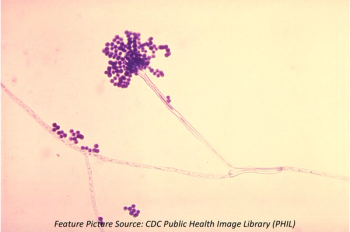
A new study looks at the process by which A. fumigatus crosses the airway epithelium, positing a theory involving the use of actin to tunnel into cells.
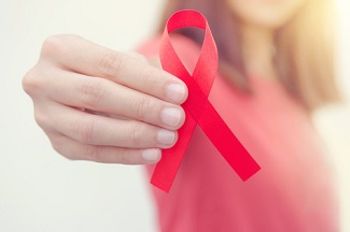
The results of a new study reveal that rates of viral suppression in women infected with HIV have improved since 2001; however, control of diabetes mellitus has remained poor, regardless of HIV status.

Study data suggest stimulants could be causing the virus to become more active and could expand the HIV reservoirs of patients.

Study results indicate that starting combination antiretroviral therapy early can stave off further neurological damage associated with HIV infection.

Stay up-to-date on the latest infectious disease news by checking out our top 5 articles of the week.

Findings from a recent study find enduring effects of LDH on learning and memory, suggesting potential clinical utility in women with HIV.

Leah H. Rubin, PhD, MPH, MA, discusses the importance of finding ways to improve cognitive function in women who are living with HIV.

The advent of antiretroviral therapy has increased lifespans for those with HIV, meaning there’s a greater need to address the rising incidence of cancer in this aging population.
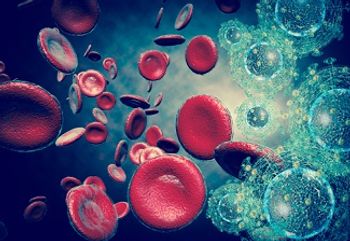
New research suggests that too many patients with acute infections are dying in one South African city affected by high rates of HIV and TB.
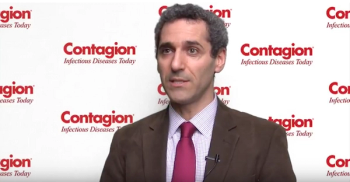
Douglas Krakower, MD, explains how electronic health records have expanded in use in order to identify people at risk for diseases who could benefit from preventive interventions.
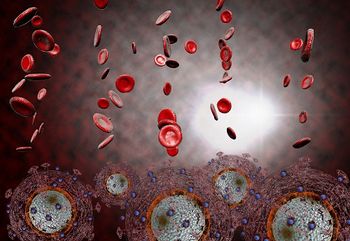
Primary care physicians are using an innovative heatmap, customized web-based software, and an extensive survey to reduce the number of new HIV diagnoses and increase viral suppression rates in patients with HIV.

In case you missed them, we've compiled the top five infectious disease articles from this past week.
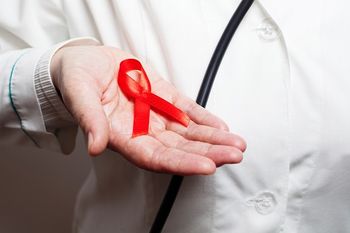
Study finds some patients may be able to go up to 9 months between care visits without an impact on viral load, while other patients need to maintain the current recommended rate of

With drug shortages and rising incidence of HIV/AIDS, the South American country may be on the verge of a public health crisis.

The US Food and Drug Administration (FDA) has approved once-daily oral Truvada to reduce the risk of sexually acquired HIV-1 in at-risk adolescents, in combination with safe-sex practices.